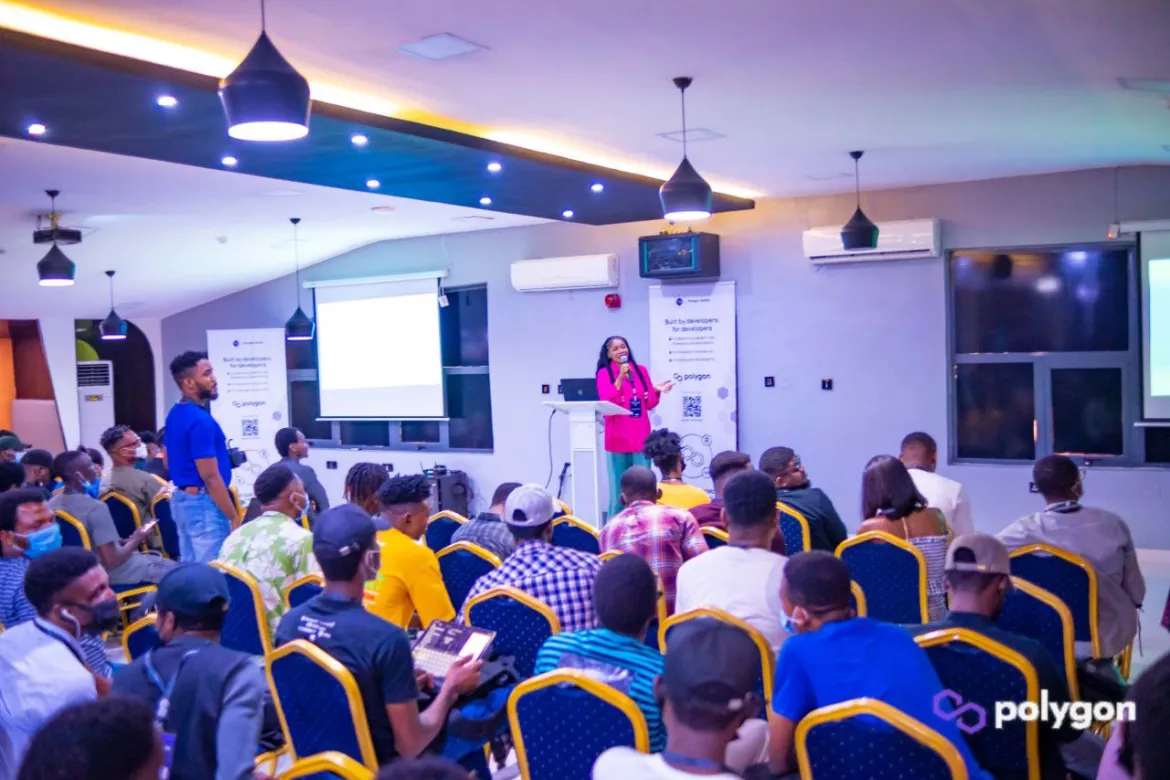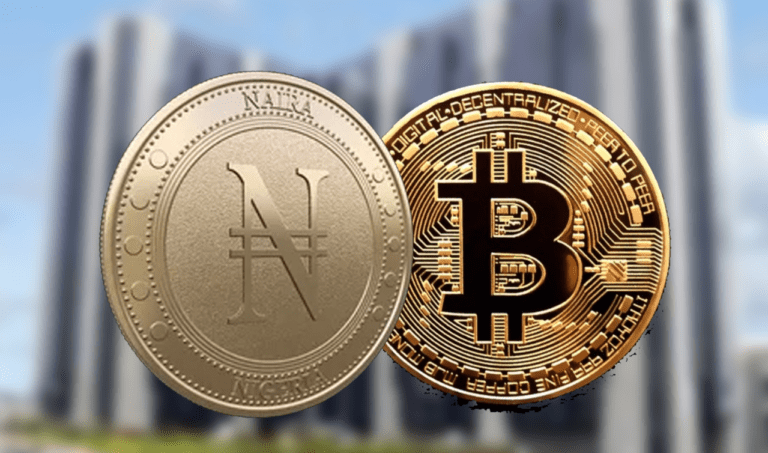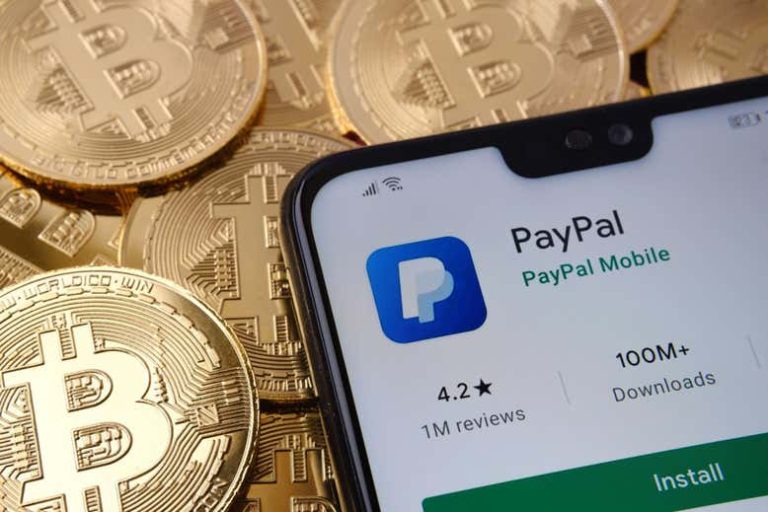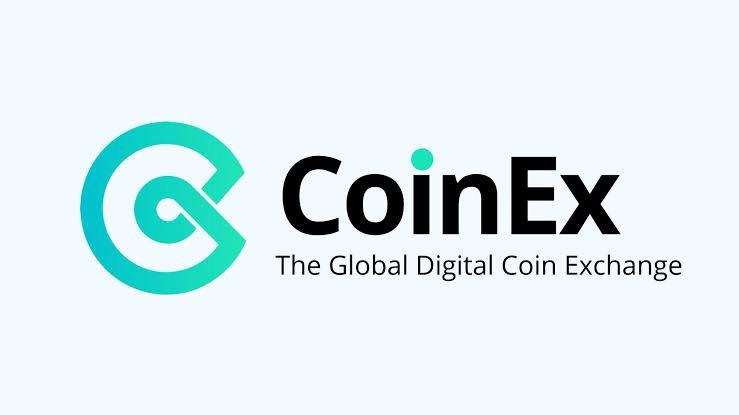How DeFi (bridging) protocols are impacting blockchain economy

My co-founders and I launched Bridge Network earlier this year.
We have a combined 12 years of experience working with some form of Blockchain and I dare say that we’re the right combination of experience and grit to make a case for Bridge network and its impact on the Blockchain economy.
Bridge Network is a bridging protocol that allows for interoperability between different blockchain networks. An example is Bitcoin and Ethereum – which are on 2 very different blockchains. Low-cost transactions can now be taken due to the infrastructure that Bridge provides. And at a scalable rate too.
Here’s how it works: Say you send one Cardano coin to an Ethereum wallet, it will be received as a wrapped token by the bridge. The bridge will then send this wrapped token in a bridge version to the receiver wallet that has been converted to ERC-20 token. For context, ERC-20 is the generic token standard for fungible tokens on the Ethereum blockchain.
How does this impact anything, you might ask?
Creating an ease-based solution
One very important thing that’s useful for crypto adopters is for them to trust the system being used. And they should also be able to do so from one network. And not necessarily have to use multiple networks to be able to achieve a transaction. You see this play out in many different forms across the blockchain ecosystem.
One main form is that many DeFi protocols – Bridge Network inclusive – have integrated bridges to let their users swap tokens from different protocols without having to leave the platform. This is a very straightforward process of converting tokens that makes the blockchain experience devoid of long routes. It’s one of the many use cases of bridges and a very strong point in making the case for Bridge Network.
Let’s also take the blockchain game Axie Infinity as an example. The makers of the game have a dedicated Ethereum-linked sidechain called Ronin. Ronin allows the game to scale beyond what was possible on the Ethereum mainnet. This was made possible via a bridge. Ronin’s Ethereum bridge enables users to deposit ETH, ERC20 tokens, and NFTs to a smart contract, which Ronin’s validators pick up and relay to the sidechain.
Impacting the adoption of blockchain technology
With platforms like Bridge Network, a lot of possibilities are being unlocked in the blockchain ecosystem that makes the crypto experience very smooth and easy for the end users. The smooth process alone makes for ease of adoption of the technology. Porting assets from one blockchain to another can have more impact than meets the eye.
When you have a lot more adoption of a particular technology, you’d see that trust increases. More and more people begin to trust that technology and use it even more. This is a ripple effect of having bridging protocols. When usage increases, the assets that flow in the ecosystem also increase, and everyone – users and companies – that play in the field benefits from this.
At Bridge Network, beyond having end users adopt this technology easily, we provide the infrastructure that enables other builders to create with our APIs. In just a short while, I’ve seen people build really impressive products with the tools we provide and on our infrastructure. It’s amazing to see end users being impacted both directly and indirectly by the ease of interoperability.
Achieving scale at Bridge Network
The next stop for my co-founders and I at Bridge Network is to achieve scale. There’s no limit to what we can achieve given the experience and insights garnered from the initial months of building this impactful product. Already, there have been millions of transactions done on the Bridge Network – we’re taking this to the billions range. Also, you should note that, for every transaction powered by the interoperability that Bridge Network provides, a life is being impacted and made easy.
It’s now clear what impact bridging protocols have on the blockchain economy, and it can only go up from here. Bridge Network, as a company and a product, impacts the ease at which blockchain transactions can occur and helps other companies open even more opportunities for newer and existing crypto adopters.
To the next billion adopters!







